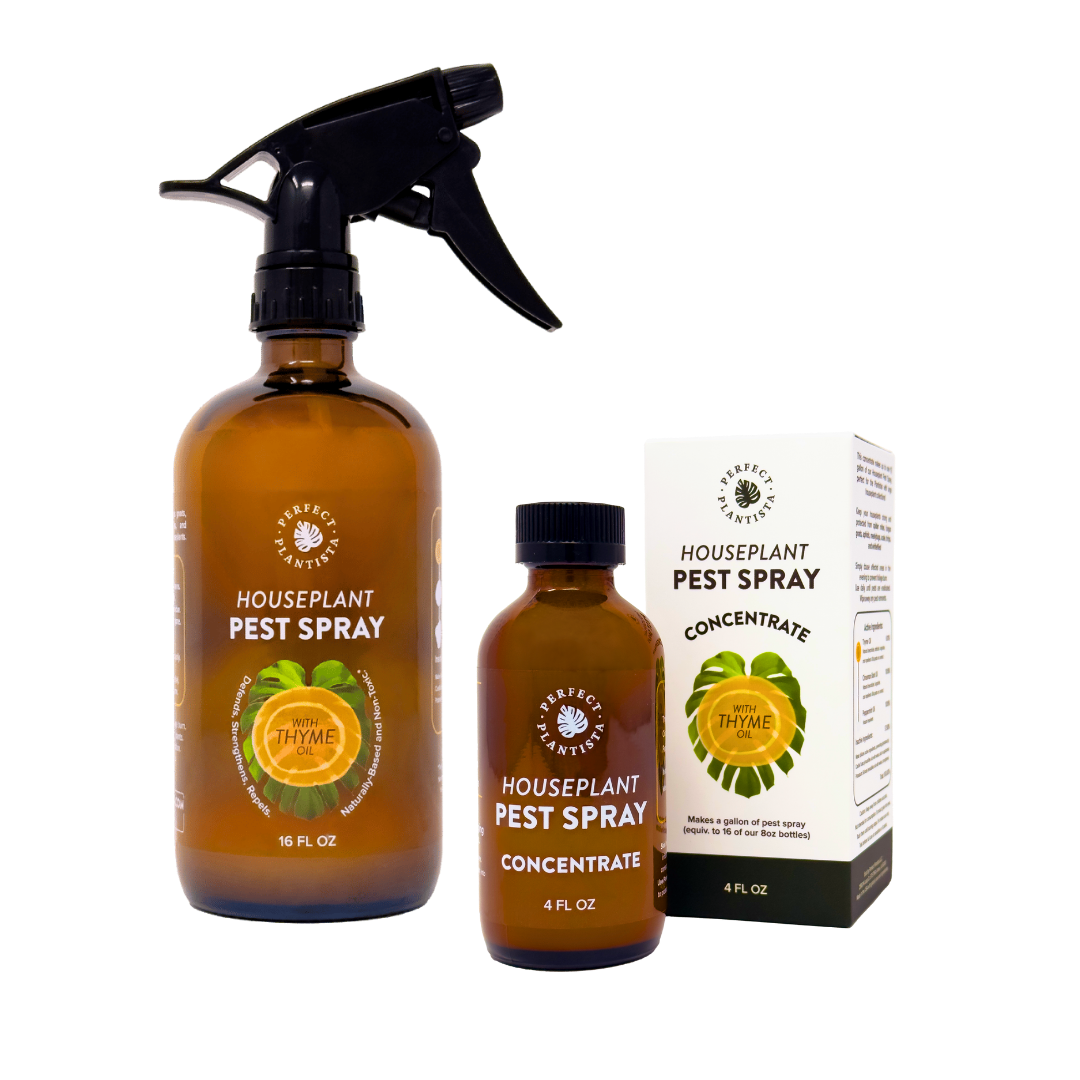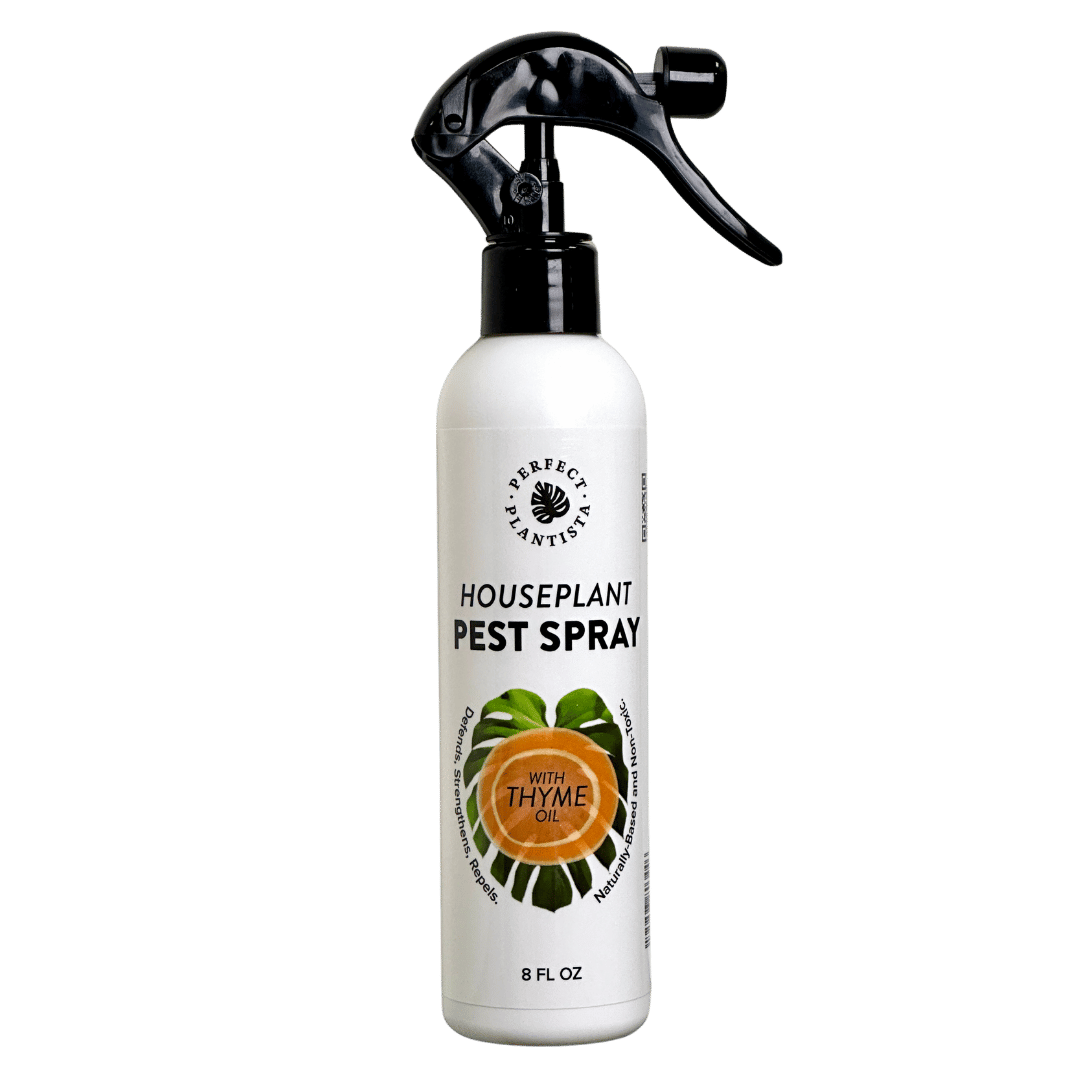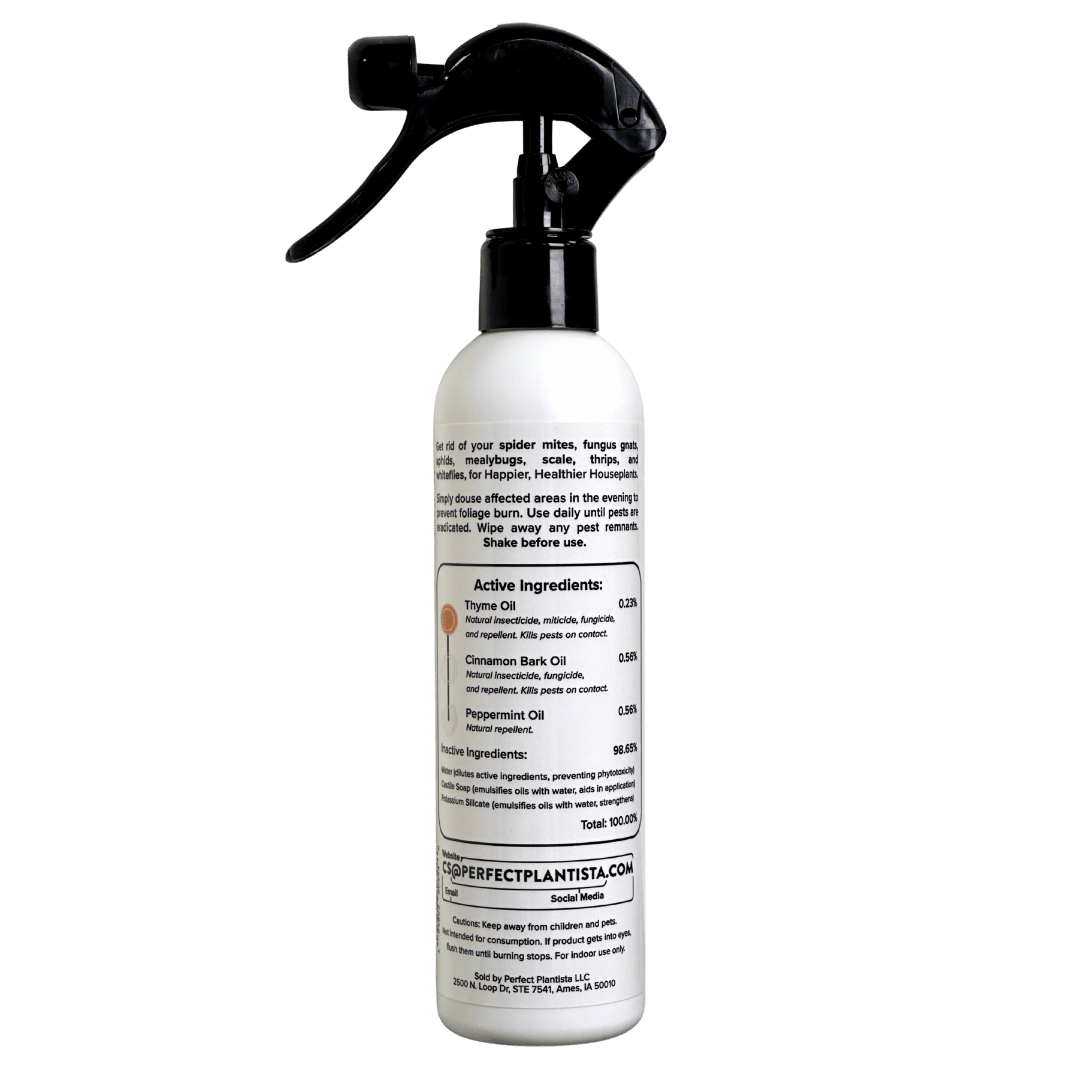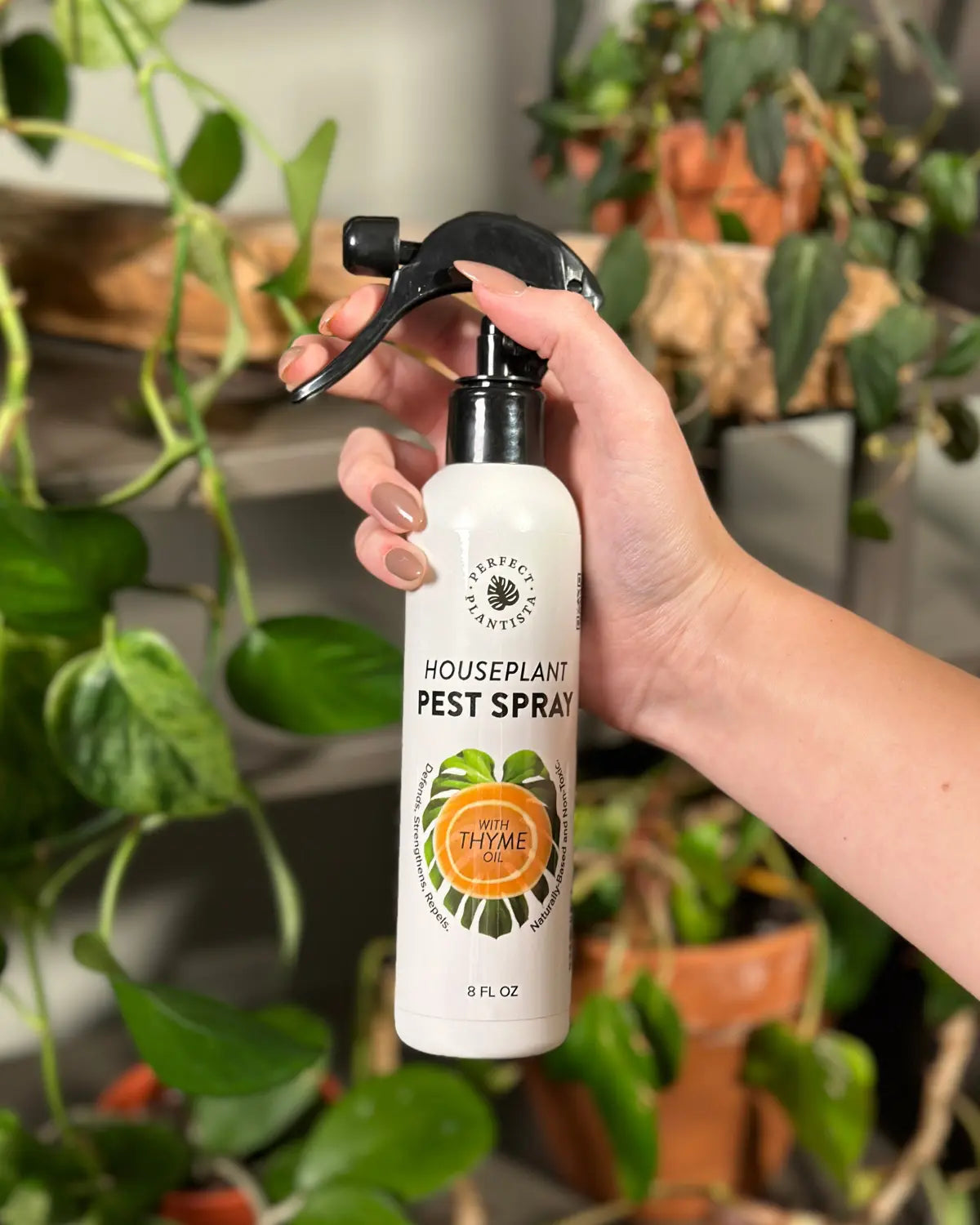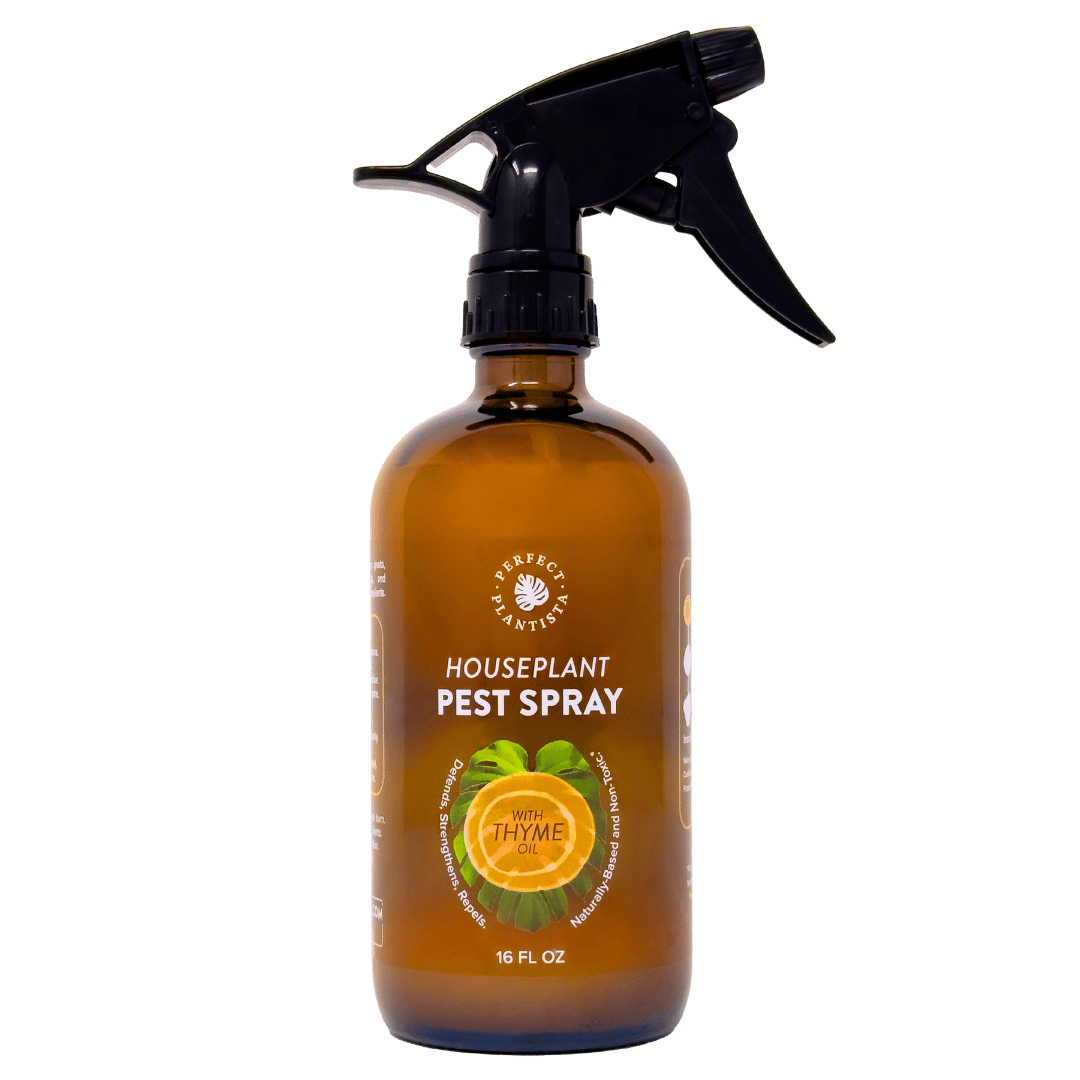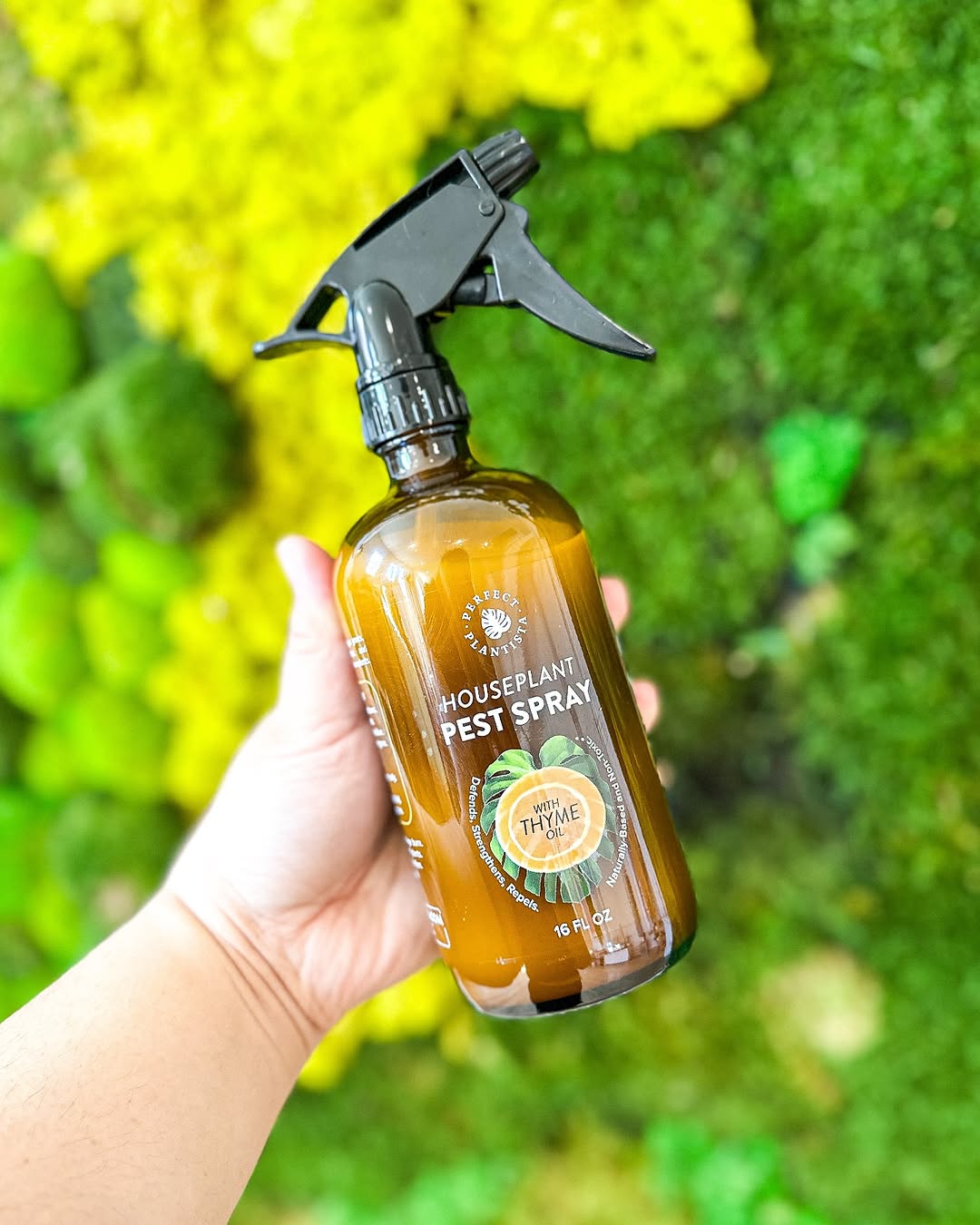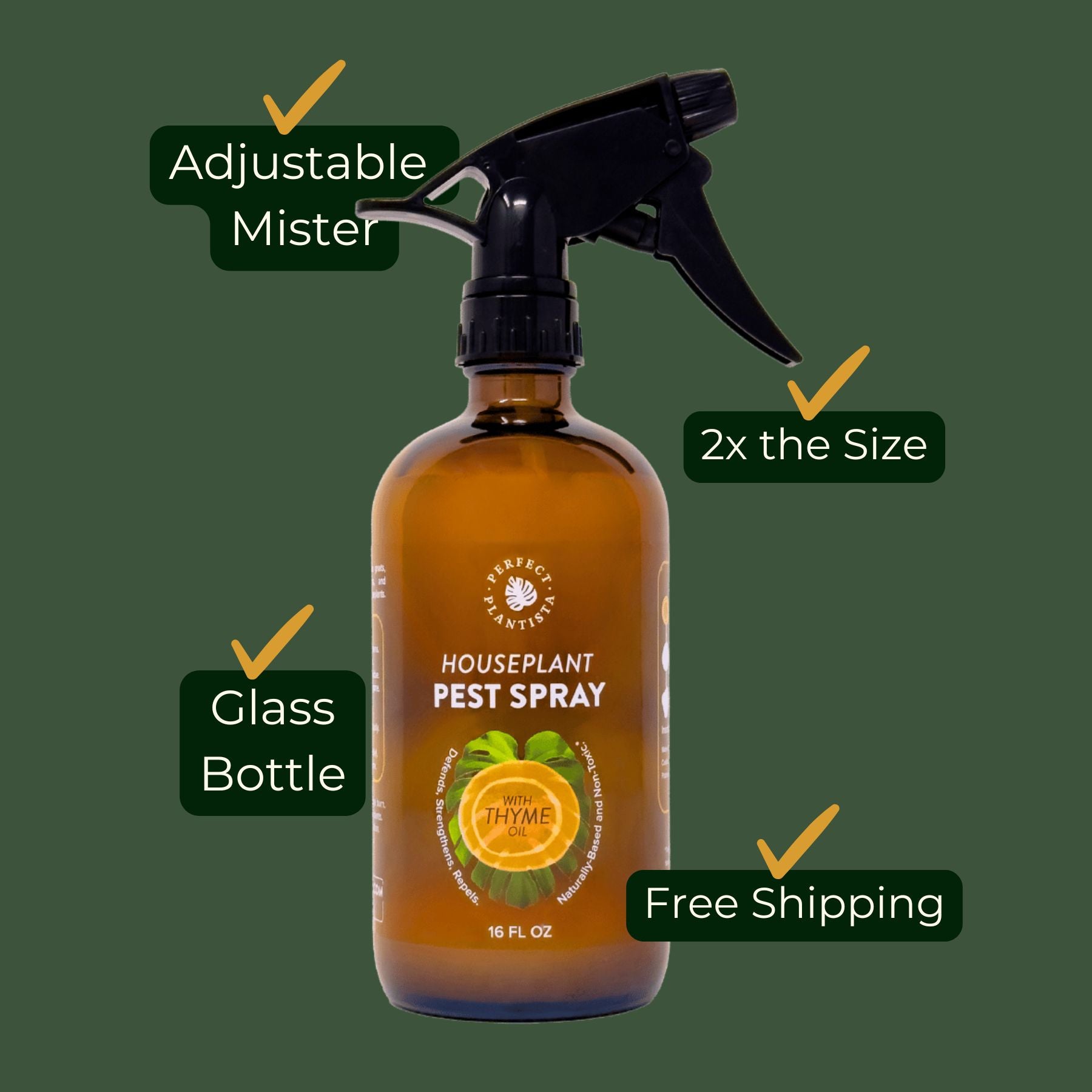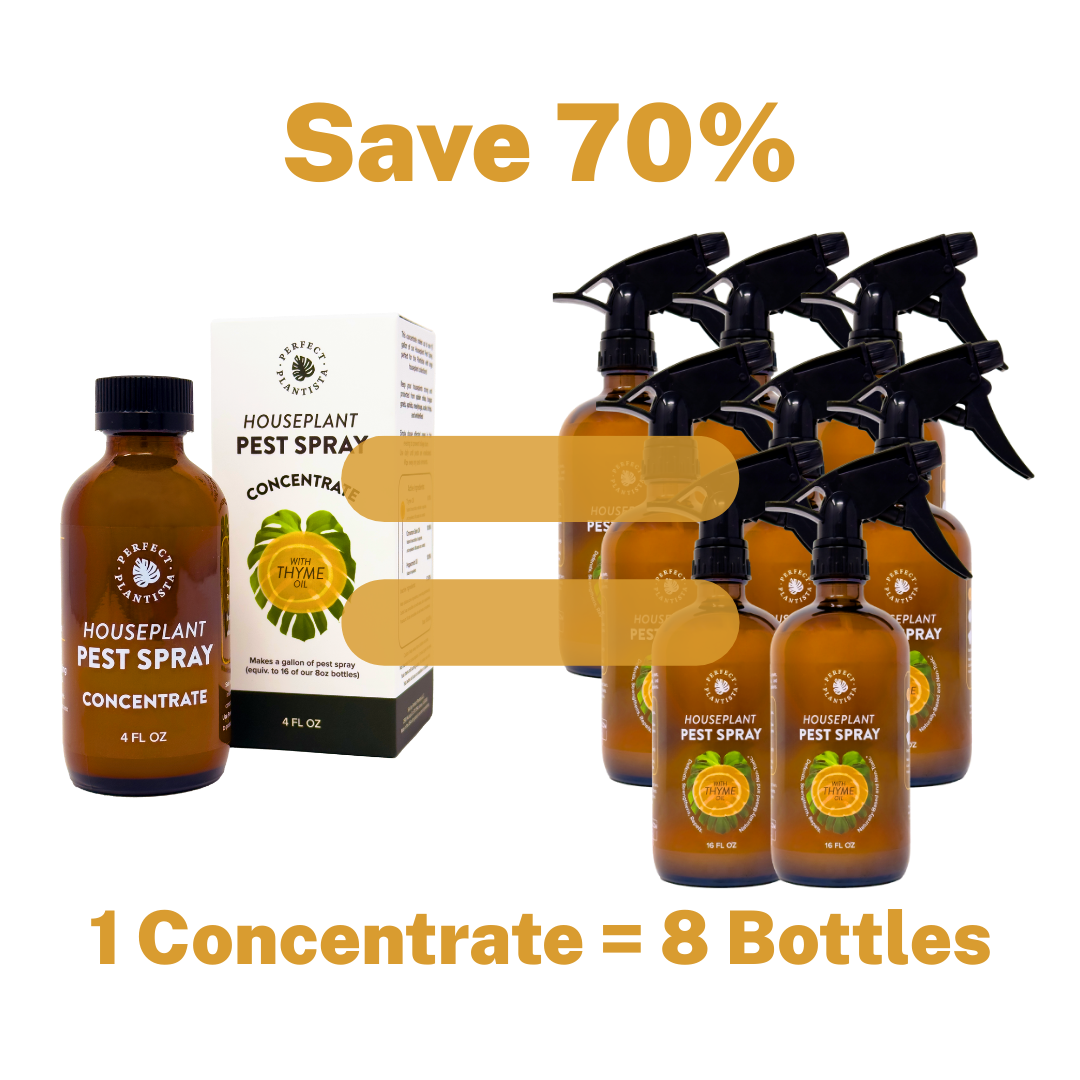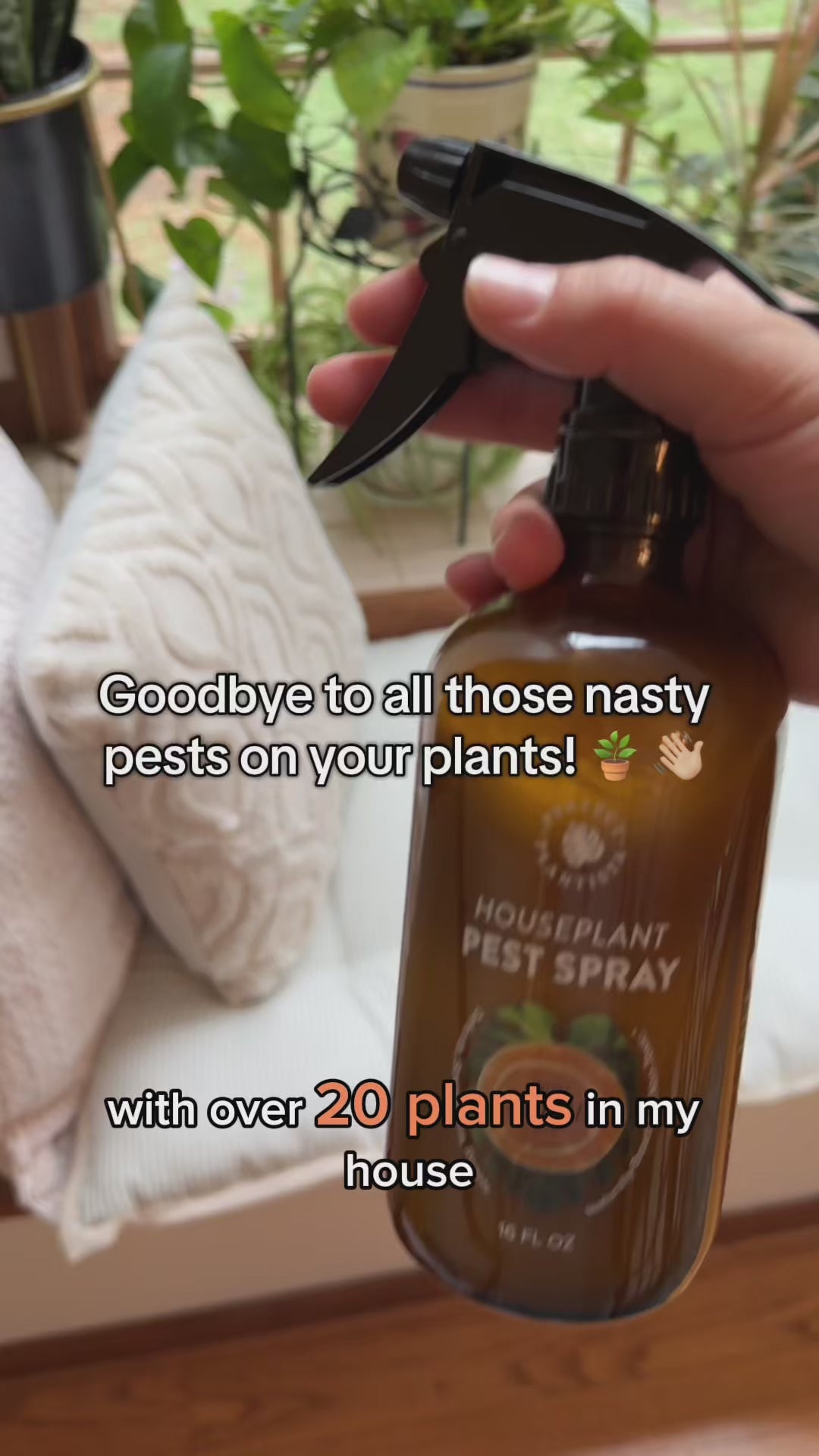A Guide to Plants Toxic to Cats
As a devoted cat owner, you might notice your feline companion occasionally nibbling on your houseplants. Although this behavior might seem harmless, some plants can pose significant health risks to cats. This comprehensive guide explores the toxicity levels of various common houseplants, provides practical tips to safeguard your pets, and introduces safe alternatives for pest control in your indoor garden.
Why Cats Eat Houseplants
It's not uncommon to wonder why your cat is eating your plants. Cats often nibble on houseplants out of curiosity or to compensate for a dietary deficiency. Indoor cats, in particular, might graze on plants to ingest folic acid, a vitamin that aids in hemoglobin production, which they typically get from their natural prey.
Highly Toxic Plants for Cats
These plants are extremely hazardous and can cause severe health complications or even death if ingested by cats:
- Lilies (Lilium spp.): Extremely dangerous, even in small amounts. Can cause severe kidney damage leading to fatal kidney failure.
- Cyclamen (Cyclamen spp.): Contains compounds that can cause serious vomiting, gastrointestinal upset, and heart abnormalities.
- Azalea (Rhododendron spp.): Contains substances that disrupt cellular functions, causing vomiting, diarrhea, hypersalivation, and potentially death.
- Oleander (Nerium oleander): Highly toxic, affects the heart, causing severe cardiac complications that can be fatal.
Moderately Toxic Plants
These plants can cause moderate to severe illnesses depending on the amount consumed:
- Dumb Cane (Dieffenbachia spp.): Causes oral irritation, severe pain and swelling, excessive drooling, vomiting, and difficulty swallowing.
- Peace Lily (Spathiphyllum spp.) Contains calcium oxalates, which cause significant mouth and throat irritation.
- Philodendron (Philodendron spp.): Also contains calcium oxalates, which cause significant mouth and throat irritation.
Mildly Toxic Plants
These plants generally cause mild symptoms such as irritation or mild stomach upset:
- Boston Ivy (Parthenocissus tricuspidata): Can cause vomiting, abdominal pain, or diarrhea.
- Arrowhead Vine (Syngonium podophyllum): Causes mild oral and gastrointestinal discomfort.
- Corn Plant (Dracaena fragrans 'Massangeana') Typically causes mild symptoms like dilated pupils, abdominal pain, increased salivation, and vomiting.
- Dracaena (Dracaena marginata): Also typically causes mild symptoms like dilated pupils, abdominal pain, increased salivation, and vomiting.
Safe Plant Care with Perfect Plantista’s Houseplant Pest Spray
For those of you seeking a houseplant pest solution that is safe for cats, Perfect Plantista’s Houseplant Pest Spray is an excellent choice. Our spray is specially formulated with thyme oil, cinnamon bark oil, and peppermint oil, ingredients known for their effectiveness yet mild enough to use around pets when applied as directed.
How to Apply Safely:
- Ensure Good Ventilation: Always use the spray in well-ventilated areas to prevent your cat from inhaling any spray mist.
- Direct Application: Spray directly onto the leaves of your houseplants, ensuring that the spray has dried completely before allowing your cat back into the area.
- Monitor for Symptoms: Even though our spray is designed to be safe for cats, always watch for any signs of distress and consult a veterinarian if you observe any unusual behavior.
Conclusion
Understanding which plants are toxic to cats and using safe plant care products like Perfect Plantista’s Houseplant Pest Spray can significantly enhance the safety of your beloved pets. If you're concerned about why your cat is eating your plants, consider providing safer alternatives like cat grass that satisfy their natural grazing instinct without the risk. If you're also interested in which plants are safe for cats, be sure to check out A Guide to Houseplants Safe for Cats for comprehensive safety at home.
Disclaimer
This blog is intended for informational purposes only and is not a substitute for professional veterinary advice. Always consult with a veterinarian regarding the health and safety of your pets, particularly before using any new products around them. The suggestions and information provided in this blog are based on general knowledge and should not be considered as specific advice tailored to individual pets.

